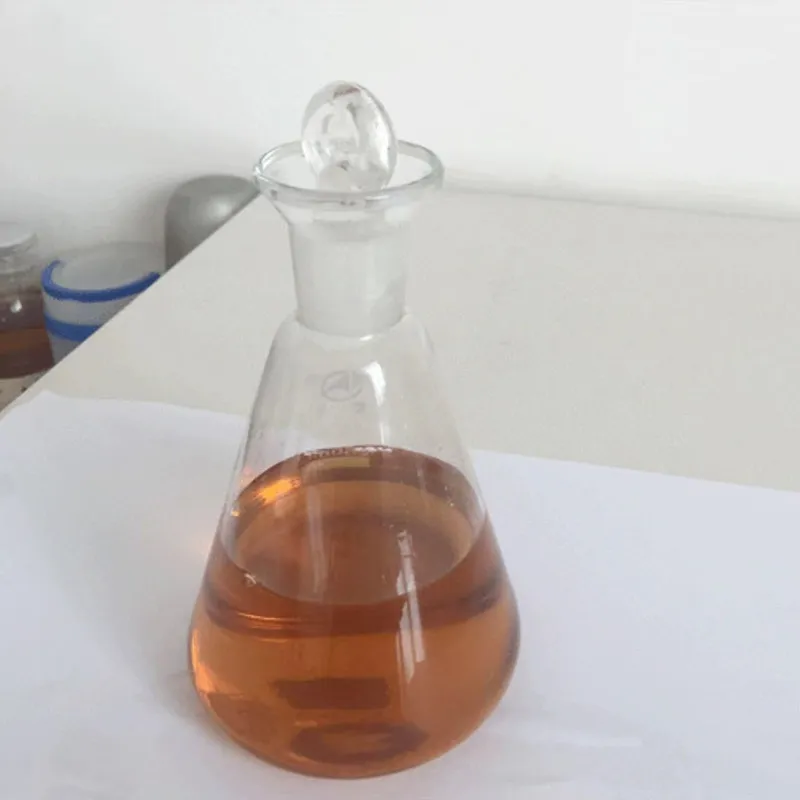
Using Acetic Acid as a Natural Preservative in Food Preservation Techniques
Acetic Acid as a Preservative Exploring Its Benefits and Applications
Acetic acid, a colorless liquid organic compound, is widely known for its distinctive sour taste and pungent smell. It is best recognized as the main component of vinegar, contributing not only to flavor but also to preservation. Over the years, acetic acid has garnered significant attention in food preservation due to its antifungal and antibacterial properties, making it a valuable agent in extending the shelf life of various products.
Acetic Acid as a Preservative Exploring Its Benefits and Applications
Acetic acid is commonly used in pickling processes, where vegetables and fruits are submerged in vinegar solutions. This method not only enhances the flavor but also significantly extends the preservation of these items. For instance, pickled cucumbers, jalapeños, and various fruits can maintain their edibility for months or even years when stored properly. The process involves the fermentation of sugars, which ultimately transforms them into lactic acid and acetic acid, ensuring that the pickled products remain safe for consumption while developing unique flavors.
acetic acid as preservative

In addition to traditional pickling, acetic acid serves as a versatile preservative in various food products. It is often utilized in sauces, dressings, and marinades, where it acts as a flavor enhancer while simultaneously preventing the growth of pathogens. Its antimicrobial properties are particularly effective against E. coli and Salmonella, two of the most notorious foodborne pathogens. Studies have shown that the inclusion of acetic acid can significantly reduce the microbial load in these products, thereby promoting food safety.
Moreover, acetic acid's role as a preservative extends beyond the culinary realm. The food industry frequently adopts it in the preservation of processed meats and dairy products. In these applications, acetic acid helps to inhibit bacterial growth, thereby preserving texture and flavor. It is also used in dairy products like cheeses to prevent spoilage and maintain quality during storage.
Despite its many advantages, the use of acetic acid as a preservative is not without limitations. The concentration of acetic acid must be carefully managed to avoid inadvertently altering the taste or texture of the food products. Excessive acidity can lead to undesirable flavors or changes in food quality. It is also worth noting that some consumers may be sensitive to acidity, thereby limiting the applicability of acetic acid-based preservatives in certain markets.
In conclusion, acetic acid serves as an effective preservative in both traditional and modern food processing. Its ability to inhibit microbial growth and extend shelf life while enhancing flavor makes it a popular choice among food manufacturers. With growing consumer awareness regarding food safety and preservation methods, the role of acetic acid is likely to expand, influencing the future of food preservation techniques. As researchers continue to explore new applications and optimizations of acetic acid, we can expect this humble compound to remain a cornerstone of food safety and preservation in various culinary traditions worldwide.
-
nitrile-rubber-honoring-strict-production-standardsNewsAug.22,2025
-
aspartame-ingredients-honoring-food-safety-valuesNewsAug.22,2025
-
fertilizer-for-balanced-plant-nutritionNewsAug.22,2025
-
cyanide-gold-processing-with-high-purity-additivesNewsAug.22,2025
-
formic-acid-in-textile-dyeing-applicationsNewsAug.22,2025
-
aluminum-hydroxide-gel-in-skincare-productsNewsAug.22,2025
-
Regulatory Compliance for Global Mining Chemicals UseNewsAug.12,2025
Hebei Tenger Chemical Technology Co., Ltd. focuses on the chemical industry and is committed to the export service of chemical raw materials.
-

view more DiethanolisopropanolamineIn the ever-growing field of chemical solutions, diethanolisopropanolamine (DEIPA) stands out as a versatile and important compound. Due to its unique chemical structure and properties, DEIPA is of interest to various industries including construction, personal care, and agriculture. -

view more TriisopropanolamineTriisopropanolamine (TIPA) alkanol amine substance, is a kind of alcohol amine compound with amino and alcohol hydroxyl, and because of its molecules contains both amino and hydroxyl. -

view more Tetramethyl Thiuram DisulfideTetramethyl thiuram disulfide, also known as TMTD, is a white to light-yellow powder with a distinct sulfur-like odor. It is soluble in organic solvents such as benzene, acetone, and ethyl acetate, making it highly versatile for use in different formulations. TMTD is known for its excellent vulcanization acceleration properties, which makes it a key ingredient in the production of rubber products. Additionally, it acts as an effective fungicide and bactericide, making it valuable in agricultural applications. Its high purity and stability ensure consistent performance, making it a preferred choice for manufacturers across various industries.





